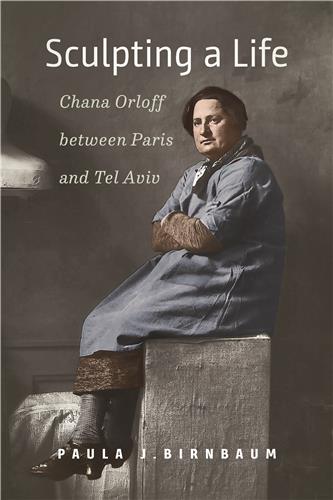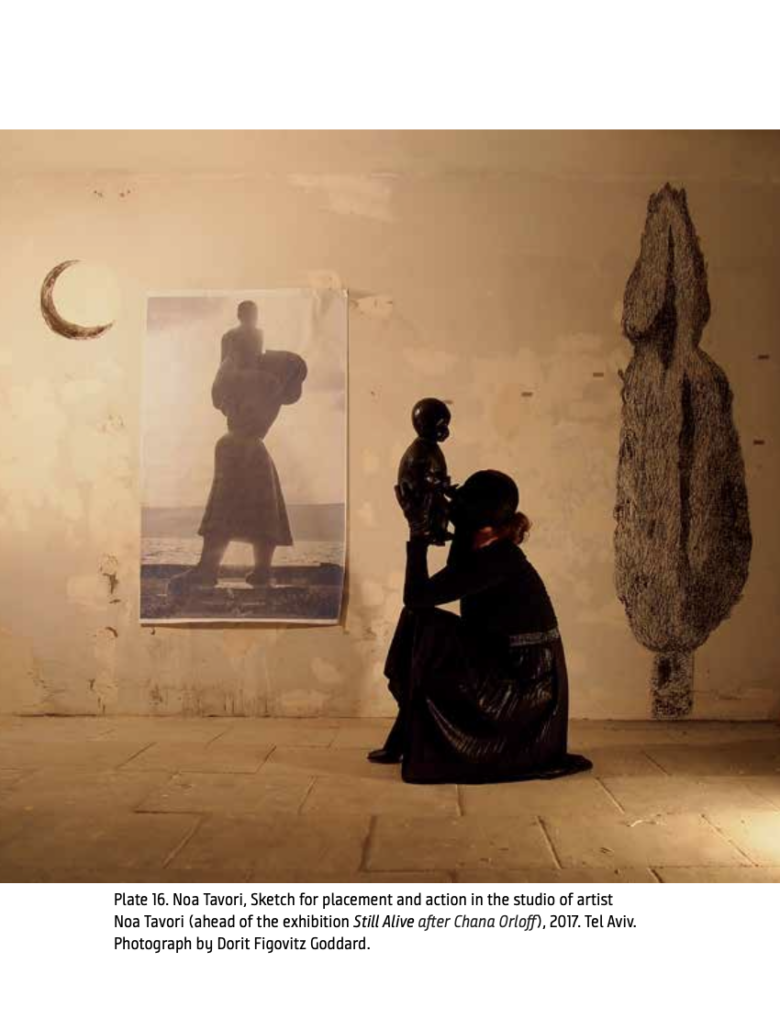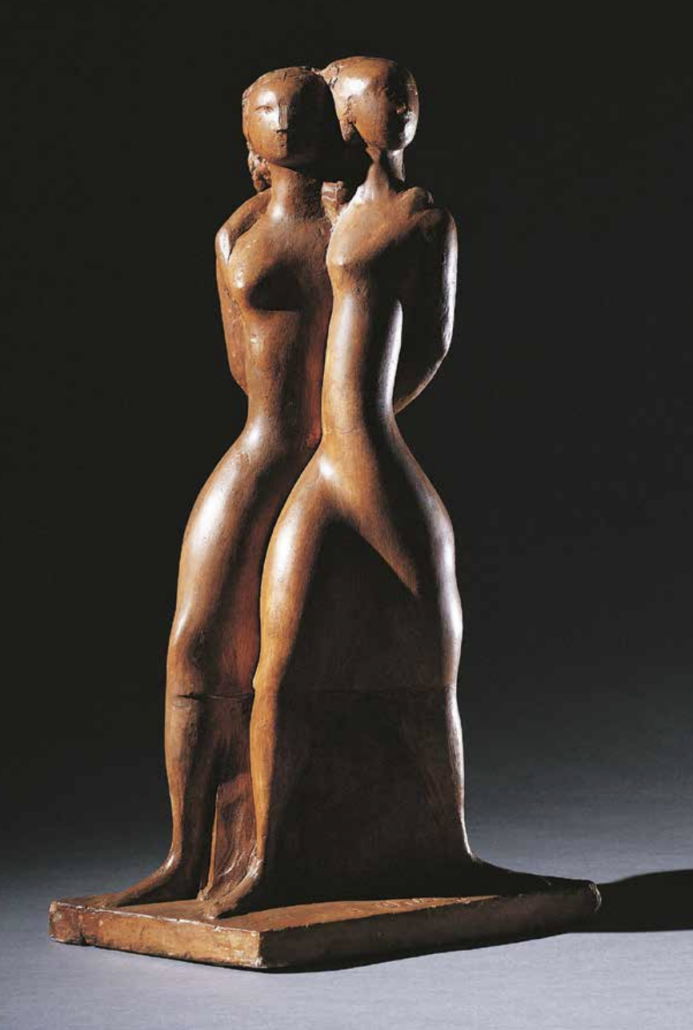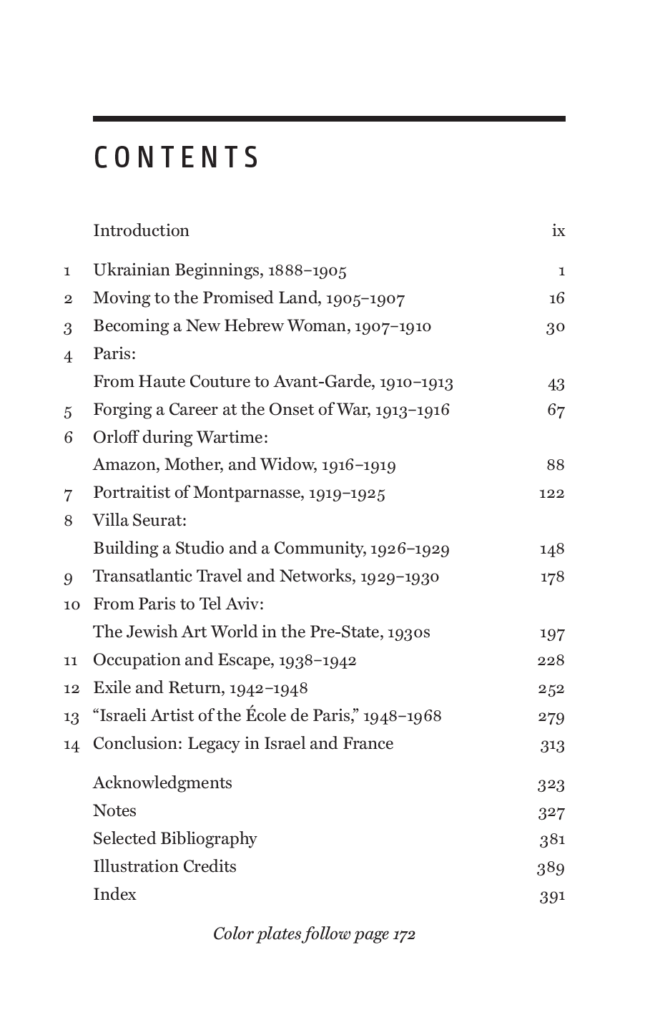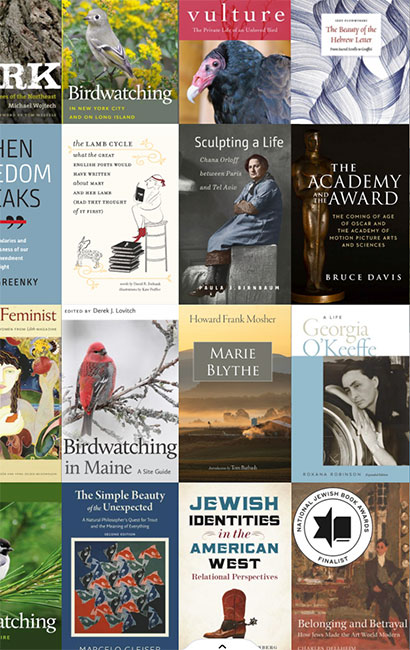Birnbaum has created a truly remarkable and compelling portrait of the internationally-exhibited multi-national sculptor who worked across—and fully participated in—the tumultuous decades of twentieth century Jewish, modernist and world histories from her elective home in Paris. Wide ranging-research sustains subtle insights into the formal, historical and cultural significance of Orloff’s compelling portraits of her Jewish intellectual, political and artistic contemporaries that she created alongside a modernizing, feminist exploration of women’s subjectivities and life experiences through sculptural embodiment. A truly vital monument to Chana Orloff’s extraordinarily fascinating place in our extended and fuller understanding of the art of the twentieth century and its creative communities.

